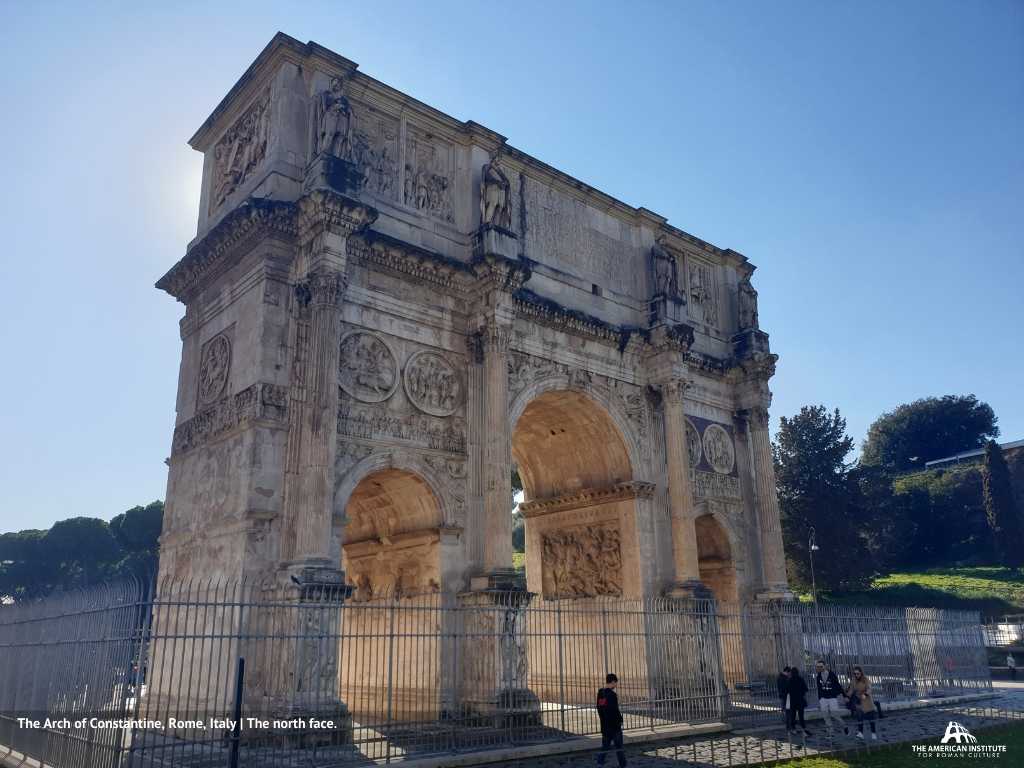Discovering the Arch of Constantine: Roman Victory
The Arch of Constantine stands as a monumental testament to Roman engineering and the empire’s rich history. Located in Rome, near the Colosseum, this triumphal arch commemorates Emperor Constantine’s victory over Maxentius at the Battle of Milvian Bridge in 312 AD. For those interested in Roman history or architecture, the Arch of Constantine offers a fascinating glimpse into the past, showcasing the artistry and political propaganda of the era.
Historical Significance
The Arch of Constantine is not just an architectural marvel; it is a symbol of Constantine’s rise to power and the beginning of a new era in Roman history. Erected in 315 AD, the arch celebrates Constantine’s victory, which was pivotal in his consolidation of power and the eventual establishment of Christianity as a dominant religion in the Roman Empire. The arch is adorned with reliefs and sculptures that depict various scenes of battle and victory, as well as images of past emperors, linking Constantine’s reign to the glory of Rome’s past.
Architectural Features
The Arch of Constantine is a prime example of Roman triumphal architecture. Standing at 21 meters high, 25.9 meters wide, and 7.4 meters deep, it features three archways: a large central arch flanked by two smaller ones. The structure is richly decorated with sculptures and reliefs, many of which were repurposed from earlier monuments, a practice known as spolia. This recycling of art not only saved resources but also connected Constantine’s rule with the achievements of previous emperors. The arch’s detailed carvings and inscriptions provide insight into Roman art and the political messages conveyed through public monuments.
Visiting the Arch
For those planning a visit, the Arch of Constantine is easily accessible as it is located in the heart of Rome, adjacent to the Colosseum and the Roman Forum. The site is open to the public, and there is no admission fee to view the arch. While there, visitors can take in the intricate details of the carvings and appreciate the historical context of the monument. It’s advisable to visit early in the morning or later in the afternoon to avoid the crowds and to bring a guidebook or use a mobile app for a self-guided tour to fully appreciate the arch’s historical and artistic significance.
